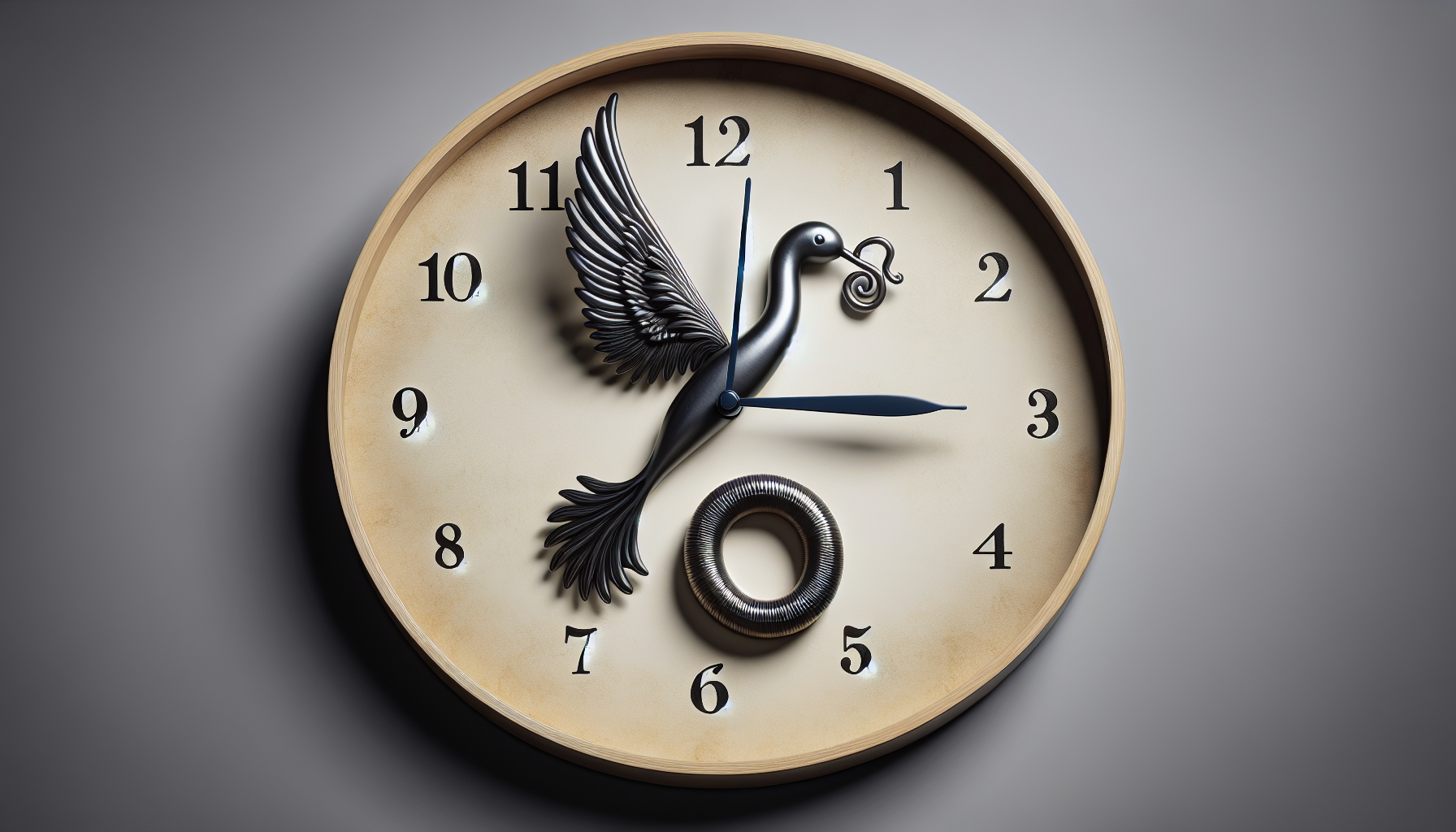Drones in Environmental Conservation

One of the most prominent applications of drones in conservation is the tracking of wildlife. Traditional methods of tracking, such as tagging and collaring, often involve invasive procedures that can cause stress or harm to animals. Drones offer a non-intrusive alternative, enabling researchers to observe wildlife movements and behaviors from a safe distance. Equipped with high-resolution cameras and thermal imaging technology, drones can capture detailed footage and images, even in challenging environments like dense forests or rugged mountains. This technology is particularly advantageous for studying elusive or endangered species, allowing researchers to gather data without disrupting their natural habitats. For instance, drones have been effectively used to monitor orangutan populations in Borneo, providing crucial insights into their behavior and habitat use without the need for physical intervention.
Habitat Monitoring and Assessment
Drones also play a crucial role in habitat monitoring and assessment. They can swiftly cover vast areas, capturing comprehensive data on vegetation health, land use changes, and ecosystem dynamics. For example, drones are instrumental in mapping deforestation, monitoring the health of coral reefs, and assessing the impact of natural disasters on ecosystems. The ability to acquire accurate, up-to-date information empowers conservationists to make informed decisions and implement effective strategies to protect and restore habitats. Moreover, drones can access remote or hazardous areas that would be difficult or dangerous for humans to reach, significantly expanding the scope of monitoring efforts. In the Arctic, drones have been utilized to monitor the effects of climate change on polar ice caps, providing valuable data that informs global climate models and conservation strategies.
Environmental Data Collection
Beyond tracking and monitoring, drones serve as invaluable tools for collecting environmental data. Outfitted with various sensors, drones can measure air quality, temperature, humidity, and other environmental parameters. This data is essential for understanding the impacts of climate change, pollution, and other environmental stressors on ecosystems. By providing precise and timely information, drones enable researchers to identify trends, predict outcomes, and develop targeted conservation interventions. Furthermore, the imagery and data collected by drones can be used to raise public awareness and support for conservation initiatives, making these efforts more visible and engaging to a broader audience. For example, in urban areas, drones have been used to monitor air quality and contribute to studies on pollution's impact on public health and biodiversity.
Career Opportunities in Drone Conservation
The integration of drones into conservation efforts has created exciting career opportunities for those passionate about both technology and the environment. As the demand for skilled drone operators and technicians rises, there is a growing need for professionals who can design, build, and maintain drones, as well as those who can analyze and interpret the data they collect. Careers in drone conservation span various roles, including drone pilots, GIS specialists, environmental scientists, and conservation technologists. Organizations ranging from non-profits and government agencies to research institutions and private companies seek individuals with expertise in this field, offering a chance to make a meaningful impact on environmental preservation. High-demand careers in drone technology also include roles in data analysis and software development, where professionals work on processing and interpreting complex data sets gathered by drones.
Success Stories and Future Prospects
Numerous success stories highlight the effectiveness of drones in conservation. For instance, drones have been used to monitor elephant migration patterns in Africa, helping to mitigate human-wildlife conflicts and combat poaching. In the Amazon rainforest, drones have been deployed to detect illegal logging activities, providing crucial evidence for law enforcement. These examples demonstrate the transformative potential of drones in conservation, offering a glimpse into a future where technology plays a central role in safeguarding our planet. As technology advances, drones are expected to become even more autonomous and capable, further enhancing their utility in conservation efforts. The integration of artificial intelligence and machine learning with drone technology promises to revolutionize data processing and decision-making in environmental conservation.
Drones are revolutionizing environmental conservation by providing innovative solutions for wildlife tracking, habitat monitoring, and environmental data collection. Their ability to capture detailed, accurate information from challenging environments makes them indispensable tools in the fight to protect our natural world. As the field of drone conservation grows, so do the career opportunities for those who are passionate about leveraging technology for environmental good. By embracing this intersection of innovation and conservation, we can work towards a sustainable future where humans and nature coexist harmoniously.
Drone Wildlife Monitoring Specialist
Non-profit conservation organizations, wildlife research institutes, and governmental environmental agencies
Core Responsibilities
Operate drones equipped with high-resolution cameras and thermal imaging to monitor and track wildlife populations.
Analyze data collected to identify patterns in animal behavior and habitat use, especially for elusive or endangered species.
Collaborate with conservation biologists to develop strategies for minimizing human-wildlife conflicts.
Required Skills
Proficiency in drone piloting and aerial imaging technology.
Strong analytical skills for interpreting wildlife data and ecosystems.
Experience with GIS software and wildlife tracking methodologies.
Environmental Data Analyst
Environmental consultancy firms, research institutions, and governmental bodies focused on climate change and sustainability
Core Responsibilities
Process and analyze environmental data collected by drones, focusing on metrics like air quality, temperature, and vegetation health.
Develop models to predict environmental trends and assess the impact of climate change on ecosystems.
Communicate findings to stakeholders and contribute to the development of conservation strategies.
Required Skills
Expertise in data analysis tools and statistical software.
Understanding of environmental science principles and ecological processes.
Ability to present complex data in a clear and actionable manner.
Drone Technology Developer
Technology companies specializing in UAV development, environmental NGOs, and academic research labs
Core Responsibilities
Design and build custom drone solutions tailored to specific conservation needs, such as habitat mapping or pollution monitoring.
Develop and implement software for drone navigation and data collection.
Conduct field tests to ensure drone systems perform effectively in various environmental conditions.
Required Skills
Strong background in engineering, robotics, or computer science.
Experience with drone hardware and software development.
Innovative problem-solving skills to address unique conservation challenges.
Conservation GIS Specialist
Conservation NGOs, government agencies, and environmental consultancy firms
Core Responsibilities
Utilize Geographic Information Systems (GIS) to create detailed maps and spatial analyses of conservation areas.
Integrate drone data with existing GIS datasets to enhance understanding of land use changes and habitat connectivity.
Support conservation planning by providing geospatial insights and recommendations.
Required Skills
Proficiency in GIS software (e.g., ArcGIS, QGIS) and remote sensing techniques.
Strong spatial analysis skills and attention to detail.
Knowledge of ecological and environmental principles.
Conservation Communication Specialist
Environmental NGOs, educational institutions, and media organizations focusing on science and conservation
Core Responsibilities
Develop engaging content to raise public awareness about conservation issues and the role of drones in addressing them.
Use drone-captured imagery and data to create compelling visual narratives for campaigns and educational materials.
Collaborate with scientists and technologists to accurately convey technical information to a broad audience.
Required Skills
Strong storytelling and communication skills, both written and visual.
Experience with multimedia tools and platforms.
Passion for environmental conservation and ability to translate scientific data into accessible content.


